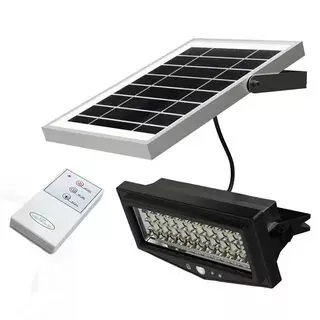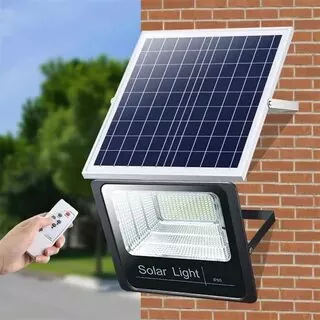Solar street lights have a raised light source powered by solar cells.

These panels are usually mount-ed on the structure of the lighting or are integrat-ed into the pole.
The solar panels recharge a battery that powers a LED or fluorescent lamp at night.
The following are some examples of
Solar panel voltage is used to detect outdoor light and switch on or off most solar lights.
Solar streetlights work all night.
Some solar streetlights can be used for longer than one night, if there is a long period when the sun does not appear in the sky.
Older models had lamps that weren’t fluorescent or LED. In windy areas, solar lights are usually equipp-ed with flat-paneled panels. This allows them to cope better with the wind.
For battery management, modern designs use wireless technology.
This technology allows street lights to operate as a system, with each light able to turn on and off the entire network.
Components
Four main components make up solar street lights:
Solar panel
Solar panels are an important part of solar street lights, since they can convert solar power into electricity for the lamps. Solar street lights are commonly ma-de with two types of panels: monocrystalline or polycrystalline. Mono-crystalline panels have a higher conversion rate than poly-crystalline ones. The wattage of solar panels can also differ.

Lighting fixture
Modern solar streetlights use LEDs as their primary source of illumination, since they provide a much higher brightness with a lower energy consumption. Energy consumption for an LED fixture is 50% less than that of the HPS counterpart, which is commonly use-d in street lighting.
The LEDs do not require a warm-up period, which allows them to be use-d with motion detectors. This can lead to additional energy savings.
Rechargeable battery
Batteries store electricity produced by solar panels during the day, and supply energy to the fixtures at night. The battery’s lifecycle is crucial to the lifespan of the light, and its capacity will determine the number of backup days.
Gel cell deep cycle batteries and lead acid batteries are both commonly used for solar-powered street lighting. Compact lithium-ion batteries also have a high demand due to their popularity.
Pole
Solar street lights require strong poles, as they often have components on top, such as panels, fixtures and batteries. In some of the newer designs the electronics and PV panels are built into the pole. The wind resistance is another factor.
There are also accessories for these poles such as a battery box and a foundation cage.
Types of Solar street lights at a bus stand

Each street light may have its own photovoltaic panel. This is independent from other street lights. Alternately a group of panels could be install-ed on a separate site as a power source central and power a large number of streetlights.
Solar street lights that are all-in-one have become popular due to their compact designs. They include the battery and all the necessary parts in a compact form.
Las Vegas in Nevada was the world’s first city to test new EnGoPlanet Solar Street Lights that are couple-d with kinetic tile that produces electricity when people step on them.



